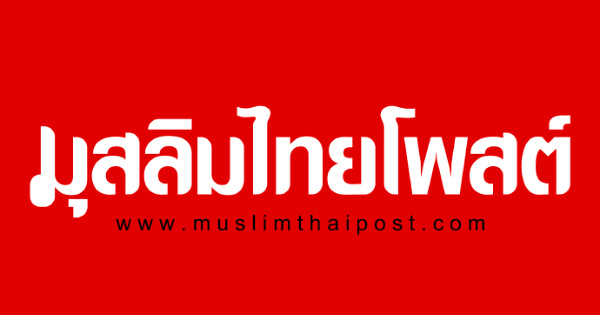สาระการเรียนรู้ภาษาต่างประเทศ ช่วงชั้นที่ 4
มาตรฐาน ต 3.1 ใช้ภาษาต่างประเทศในการเชื่อมโยงความรู้กับกลุ่มสาระ
การเรียนรู้อื่น และเป็นพื้นฐานในการพัฒนา แสวงหาความรู้
และเปิดโลกทัศน์ของตน
Jukebox
A jukebox is a partially automated music-playing device, usually a coin-operated machine, that will play a patron's selection from self-contained media. The classic jukebox has buttons with letters and numbers on them that, when entered in combination, are used to play a specific selection. Coin-operated music boxes and player pianos were the first forms of automated coin-operated musical devices.
Jukeboxes were most popular from the 1940s through the mid-1960s, particularly during the 1950s. By the middle of the 1940s, three-quarters of the records produced in America went into jukeboxes. The first jukeboxes were simply wooden boxes with coin slots and a few buttons. Over time they became more and more decorated, using color lights, rotating lights, chrome, bubble tubes, ceiling lamps, and other visual effects.
Vocabulary :
jukebox (n) a machine in a bar etc. which plays recorded music
when a coin is put into it
partially (adv.) not completely
device (n) an object or machine which has been invented
for a particular purpose
patron (n) a person or group that supports an activity or organization,
especially by giving money
slot (n) a long narrow hole, especially one for putting coins into
rotating (adj.) turning in a circle
chrome (n) a hard blue-grey element used in combination with other
substances to form a shiny covering on objects
bubble (n) a ball of air in a liquid
Questions for discussing ( คำถามเพื่ออภิปราย )
ตู้เพลงมีประโยชน์สำหรับวงการบันเทิงอย่างไร
Follow up activity (กิจกรรมเสนอแนะ )
แลกเปลี่ยนประสบการณ์ในการใช้ตู้เพลงของแต่ละคน
การบูรณาการ : สาระการเรียนรู้สังคมศึกษา ฯ , ศิลปศึกษา
แหล่งที่มาของข้อมูล : htts://en.wikipedia.org/wiki/Jukebox
htts://dictionary.cambridge.org
ที่มา : htts://www.sahavicha.com/?name=knowledge&file=readknowledge&id=4606

